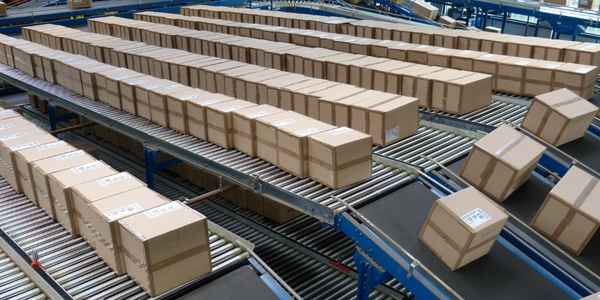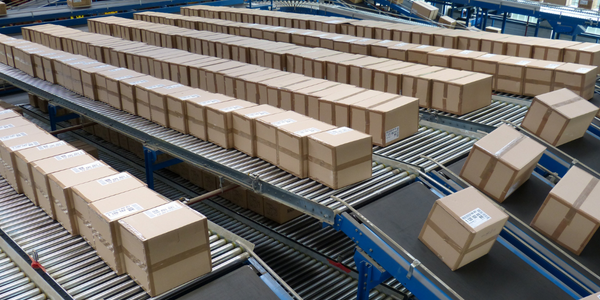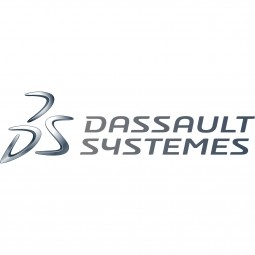技术
- 传感器 - 电表
适用行业
- 建筑与基础设施
- 包装
适用功能
- 产品研发
- 质量保证
用例
- 虚拟原型与产品测试
- 视觉质量检测
服务
- 系统集成
- 测试与认证
关于客户
Superheat 是一家领先的创新型热处理供应商,其宗旨是尖端技术可以提供更好的方式来提供现场热处理解决方案。该公司为多个行业的一系列产品提供高质量的现场热处理解决方案。其中包括炼油厂压力容器、催化裂化装置、管道和零部件的热处理;铁合金、高压高温蒸汽管道、集箱、水冷壁/锅炉管、发电站给水加热器;化学加工厂的容器和管道;先进合金材料、重水和高压蒸汽管道、厚壁零部件、涡轮机、核电站安全壳结构;以及建筑和海上工业的结构部件、桥梁和平台。
挑战
Superheat 是一家领先的创新热处理供应商,在处理从客户收到的 DWG 文件和加速热处理包开发方面面临着挑战。该公司使用 SmartDraw 2D 软件为其热处理质量包创建布局,并使用 SOLIDWORKS® 3D 设计软件开发更专业、更复杂的热处理设计。然而,2D 软件功能有限,无法读取 DWG 文件,这是需要热处理的组件最常见的客户格式。它在操作工程绘图图层方面也存在困难。这种情况促使 Superheat 寻找其他能够提高效率并加速热处理套件开发的 2D 设计解决方案。
解决方案
Superheat 决定用 DraftSight Professional 2D 设计软件取代 SmartDraw 2D 软件。该公司已经了解 DraftSight® 2D 设计解决方案,因为它使用 SOLIDWORKS 3D 设计软件进行特殊项目。 DraftSight 用于打开客户提供的 DWG 文件,该公司购买了许多 DraftSight Professional 许可证来支持绘图图层的操作。 Superheat 选择 DraftSight Professional 软件是因为对于具有 AutoCAD® 软件使用经验的工程师来说,该软件熟悉且易于使用,具有成本效益,并且与 SOLIDWORKS 3D 设计系统完全兼容。 DraftSight Professional 软件的实施极大地减少了图纸和热处理质量包的开发时间,增加了设计重用量,并提高了工程图纸的质量。
运营影响
数量效益

Case Study missing?
Start adding your own!
Register with your work email and create a new case study profile for your business.
相关案例.

Case Study
IoT System for Tunnel Construction
The Zenitaka Corporation ('Zenitaka') has two major business areas: its architectural business focuses on structures such as government buildings, office buildings, and commercial facilities, while its civil engineering business is targeted at structures such as tunnels, bridges and dams. Within these areas, there presented two issues that have always persisted in regard to the construction of mountain tunnels. These issues are 'improving safety" and "reducing energy consumption". Mountain tunnels construction requires a massive amount of electricity. This is because there are many kinds of electrical equipment being used day and night, including construction machinery, construction lighting, and ventilating fan. Despite this, the amount of power consumption is generally not tightly managed. In many cases, the exact amount of power consumption is only ascertained when the bill from the power company becomes available. Sometimes, corporations install demand-monitoring equipment to help curb the maximum power demanded. However, even in these cases, the devices only allow the total volume of power consumption to be ascertained, or they may issue warnings to prevent the contracted volume of power from being exceeded. In order to tackle the issue of reducing power consumption, it was first necessary to obtain an accurate breakdown of how much power was being used in each particular area. In other words, we needed to be able to visualize the amount of power being consumed. Safety, was also not being managed very rigorously. Even now, tunnel construction sites often use a 'name label' system for managing entry into the work site. Specifically, red labels with white reverse sides that bear the workers' names on both sides are displayed at the tunnel work site entrance. The workers themselves then flip the name label to the appropriate side when entering or exiting from the work site to indicate whether or not they are working inside the tunnel at any given time. If a worker forgets to flip his or her name label when entering or exiting from the tunnel, management cannot be performed effectively. In order to tackle the challenges mentioned above, Zenitaka decided to build a system that could improve the safety of tunnel construction as well as reduce the amount of power consumed. In other words, this new system would facilitate a clear picture of which workers were working in each location at the mountain tunnel construction site, as well as which processes were being carried out at those respective locations at any given time. The system would maintain the safety of all workers while also carefully controlling the electrical equipment to reduce unnecessary power consumption. Having decided on the concept, our next concern was whether there existed any kind of robust hardware that would not break down at the construction work site, that could move freely in response to changes in the working environment, and that could accurately detect workers and vehicles using radio frequency identification (RFID). Given that this system would involve many components that were new to Zenitaka, we decided to enlist the cooperation of E.I.Sol Co., Ltd. ('E.I.Sol') as our joint development partner, as they had provided us with a highly practical proposal.

Case Study
Splunk Partnership Ties Together Big Data & IoT Services
Splunk was faced with the need to meet emerging customer demands for interfacing IoT projects to its suite of services. The company required an IoT partner that would be able to easily and quickly integrate with its Splunk Enterprise platform, rather than allocating development resources and time to building out an IoT interface and application platform.

Case Study
Bridge monitoring in Hamburg Port
Kattwyk Bridge is used for both rail and road transport, and it has played an important role in the Port of Hamburg since 1973. However, the increasing pressure from traffic requires a monitoring solution. The goal of the project is to assess in real-time the bridge's status and dynamic responses to traffic and lift processes.

Case Study
IoT Data Analytics Case Study - Packaging Films Manufacturer
The company manufactures packaging films on made to order or configure to order basis. Every order has a different set of requirements from the product characteristics perspective and hence requires machine’s settings to be adjusted accordingly. If the film quality does not meet the required standards, the degraded quality impacts customer delivery causes customer dissatisfaction and results in lower margins. The biggest challenge was to identify the real root cause and devise a remedy for that.

Case Study
Zenon the Ideal Basis for An Ergonomic HMI
KHS develops and produces machines and equipment for filling and packaging in the drinks industry. Because drinks manufacturing, filling and packaging consist of a number of highly complex processes, the user-friendly and intuitive operation of equipment is increasingly gaining in significance. In order to design these processes as simple as possible for the user, KHS decided to introduce a uniform, transparent and standardized solution to the company. The HMI interface should meet the requirement for people with different qualifications and enable them to work on a standard platform.

Case Study
Bellas Landscaping
Leading landscaping firm serving central Illinois streamlines operations with Samsara’s real-time fleet tracking solution: • 30+ vehicle fleet includes International Terrastar dump trucks and flatbeds, medium- and light-duty pickups from Ford and Chevrolet. Winter fleet includes of snow plows and salters.







